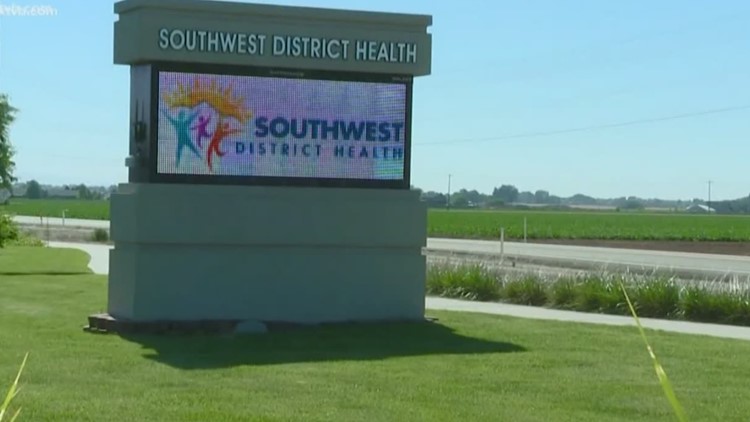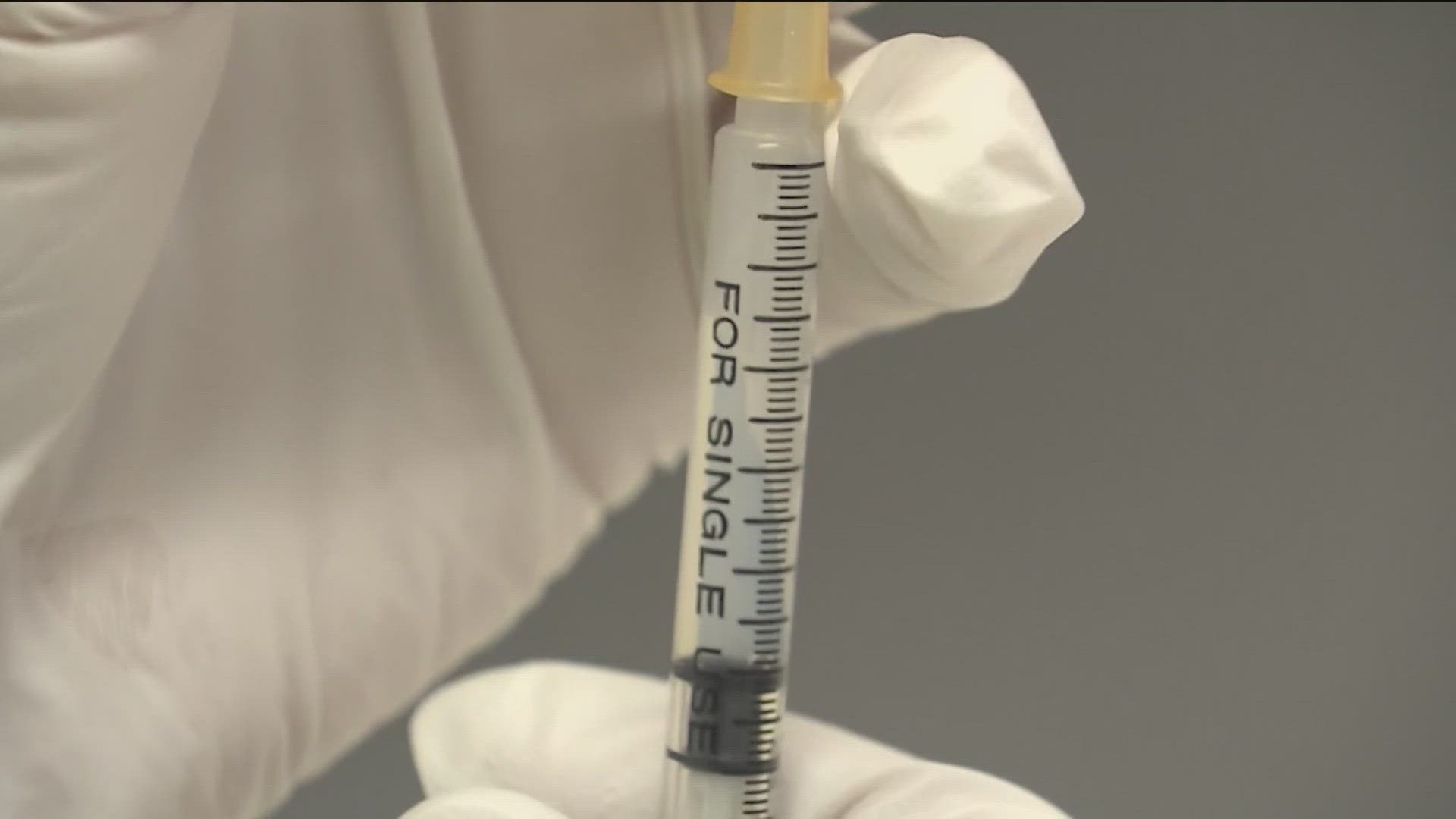CANYON COUNTY, Idaho — Positivity rates remain high across the Southwest health district, according to presentations given to the board members at a Tuesday morning meeting.
Rachel Pollreis, a senior data analyst for the health district, said the positivity rate - the number of those tested for coronavirus who are determined to be infected - is currently at 9.34%, nearly double the benchmark officials say they want to stay under.
The regularly-scheduled board meeting came one day after Gov. Brad Little ordered Idaho to roll back to Stage 3 of the state's reopening plan, citing a surge of cases across the state. The order sets smaller caps on gatherings than the previous guidance, but the governor stopped short of mandating masks, closing bars, churches or schools, or instituting travel restrictions, saying those decisions should be made on a local level.
Payette County and Canyon County are currently seeing the highest rates of infection, Pollreis said, with Adams County as the lowest. Hospitalizations are also going up, she said, although the capacity situation is not as dire as in other parts of the state.
RELATED: Some Idaho hospitals 'reaching crisis stage' as coronavirus cases surge, medical experts warn
Combined, hospitals in Adams, Canyon, Gem, Owyhee, Payette and Washington counties have currently 70% of ICU beds full, with COVID-19 patients taking up 17% of the ICU capacity.
"Obviously, not all of these beds are filled with COVID patients, but it is concerning because that means less resources if we do potentially see a surge in COVID patients," Pollreis said.
Some hospitals in the district are being hit harder than others.
"We definitely have some hospitals that are at 99-100% capacity, so that definitely is a cause for concern," she said. "This is especially concerning when we think of flu season and some of the upcoming holidays that are celebrated in a pretty social manner."
Pollreis told board members that the health district's investigations have found that so-called household exposure - those who live in the same house as well as those grouped together in jails, college dorms or homeless shelters - has been identified as the leading source of new COVID-19 infections, followed by travel.
"We're seeing a lot of people going to vacation towns and mountain towns and reporting exposure occurring there," she said.
Other sources of exposure include community events - "sporting events, religious events, fairs, rodeos - things like that with large groups of people" and social events like parties and weddings, Pollreis reported.
Schools throughout the district, almost all of which have been operating classes at least partly in-person, have also been the site of a few "cluster outbreaks," she said.
"We're seeing transmission happen within a household and move into the school, and vice versa," she said.
According to Doug Doney, the health district's general support services division administrator, 45 students going to school in-person and seven teachers have tested positive across the district in the last week. A total of 335 students and 99 staff members were found to be positive since the school year began, he said.
"Many of the cases that we have found were exposed at school later infected household members," he said. "Obviously, that is to be expected since they're in close proximity with other people."
Southwest District Health Medical Director Dr. Clay Roscoe said the health district wants to team up with schools to conduct wastewater analysis to help monitor COVID-19 trends. The program is already underway at Northwest Nazerene University, and health officials are in preliminary conversations with the Marsing School District in hopes of expanding the study to public schools as well.
Roscoe noted that the wastewater analysis will measure the levels of the virus, not just whether wastewater from a particular site is positive or negative. Monitoring these trends will help health officials determine which mitigation efforts at a school are producing results, as well as provide an early warning if cases begin to spike.
Members of the SWDH board have not voted to impose a mask order or instate any further restrictions other than those put in place by the governor on Monday. The board went into executive session before noon, but are not expected to return to a public setting or take any additional votes Tuesday, according to a district spokeswoman.



